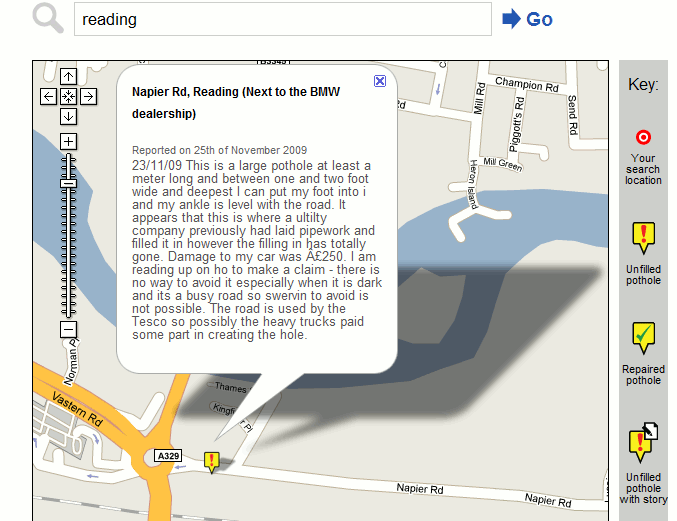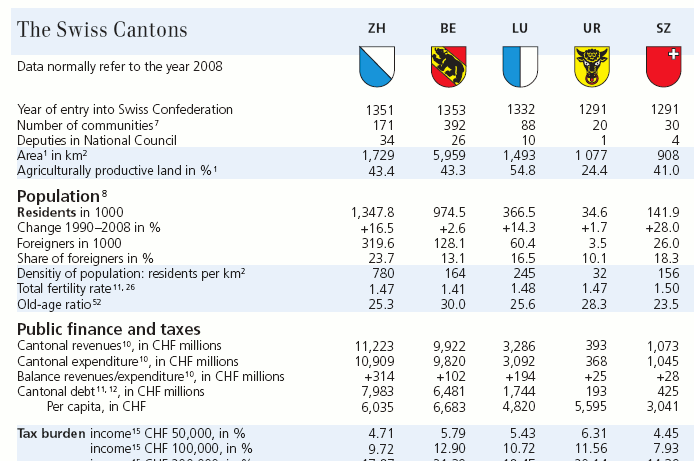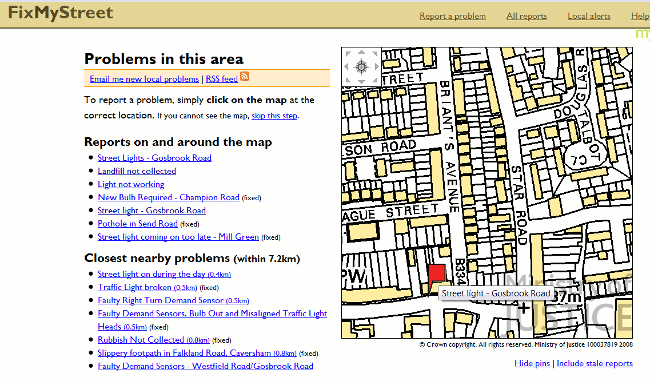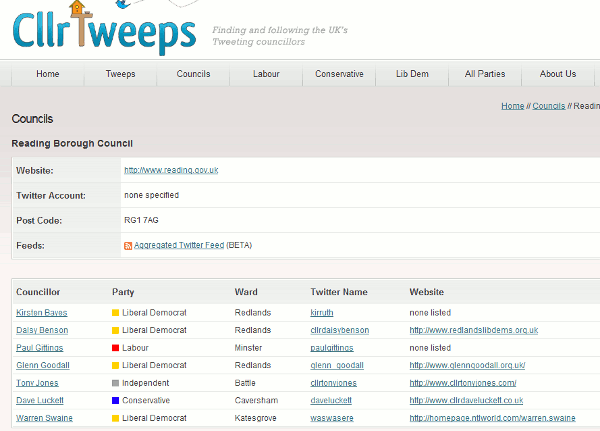Guest post by Joseph Eitan founder of Photo Paper Direct.
If your small business depends on Internet traffic for its revenue or if growing your small business during 2010 has to be done hand in hand with the Internet, you’ll need to know how to market it online. If money is no object you could hire an agency to create your online marketing strategy, but for most of us as small business owners it’s a luxury we cannot afford. Here are 10 tips for marketing a small business online.
Free is the magic word – There are a few online marketing activities which are both free and worthy of your time. Be sure to use them.
1. Register with Google Maps – Google allows local businesses (big or small) a chance to register their business address and phone number in its local listings. If for example someone searches for a keyword together with a location e.g. ‘nw11 plumber’, the search results will include listings from Google Local displayed on a map next to the normal search results.
2. Upload products to Google Product Search – To start selling your products on Google Products all you need is to prepare a data feed and a Google user account. Also known as Google Base, this free service from Google allows businesses to list products or services on its first page results. In most cases these will appear just below the paid results and will include an image, title, price and direct link to the product or service
3. Get a voucher for AdWords – Google’s AdWords is by far the biggest paid ads medium. If you search hard enough you may come across a free voucher which will charge your account and let you use Adwords at no cost until the funds run out. Your bank might offer such voucher when you open an account or when you attend a Google university course (which is free and managed by Google).
4. Use social marketing – The key to dominating the social landscape is to become an authority in your industry. To achieve this status consider using services such as Twitter to share relevant information, Yahoo Answers to answer industry questions and so on.
5. Create a blog – Blogging can go hand in hand with a social marketing strategy and is considered very effective. There are a few blogging platform which are free such as WordPress and the key is to integrate the blog within your website so it looks and feels apart of the brand, for example www.rba.co.uk/wordpress/.
Consider paid services – Most online marketing activities are unfortunately not free, however most could be executed within a small budget so you are able to test the waters and quickly stop or pause.
6. Register with niche directories – Most industries have a few directories which will drive qualified web traffic to your site. Try not to register with directories which offer little value or are unrelated to your industry because you really want to generate web traffic which is likely interested in your products or services.
7. Start an affiliate program – Affiliate Marketing is an Internet-based marketing practice in which a business rewards another for each sale which the other business generated. You can either self manage the program by buying an off the shelf affiliate tracking software or use a type of middleman service to link between you the affiliate. Each has it’s pros and cons, and each case is different.
8. Email marketing – Newsletters, product updates and email promotions are fantastic to keep in touch with customers and ease to manage. The key is to communicate relevant messages, at the right time and at the right frequency. There are a number of web based email software providers, some such as Mail Chimp even offer a free plan.
9. Improve search engine ranking – The most cost effective marketing channel with the lowest cost per acquisition is the natural traffic channel also known as seo. By optimising your website in accordance with the search engine guidelines you will notice that with time organic traffic will find its way to your site. Although this channel is technically ‘free’, it does require a lot of your time, hence similar to a paid service. For more on search engine optimisation, head to Google.
10. Use 3rd party sites – Sites such as eBay, Amazon, and Play.com will allow you to list your products for a small charge. Because they already have high levels of quality traffic and you don’t (yet) you are able to put your offers in front of the right target market quickly.
What are your online marketing tips for small businesses?
Joseph Eitan is founder of Photo Paper Direct. Joseph started the business a few years ago which now sells a selection of Inkjet media from large format paper to cartridges.






